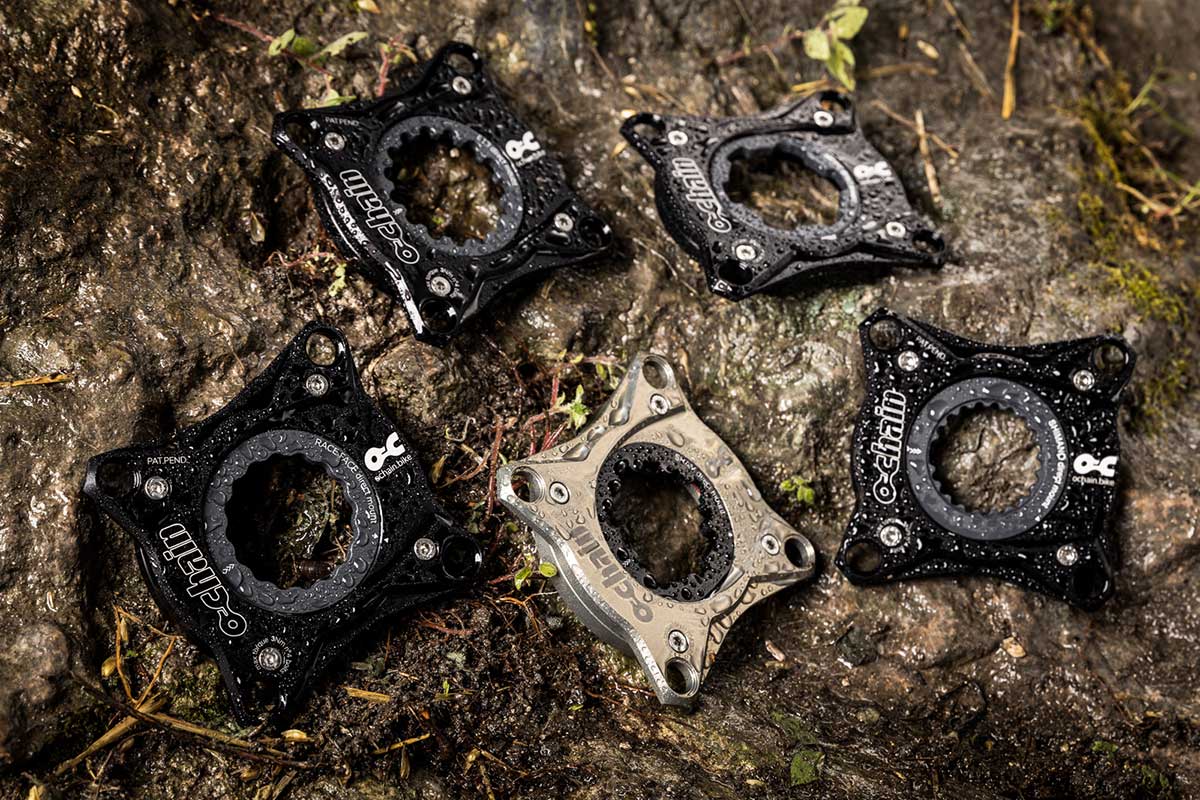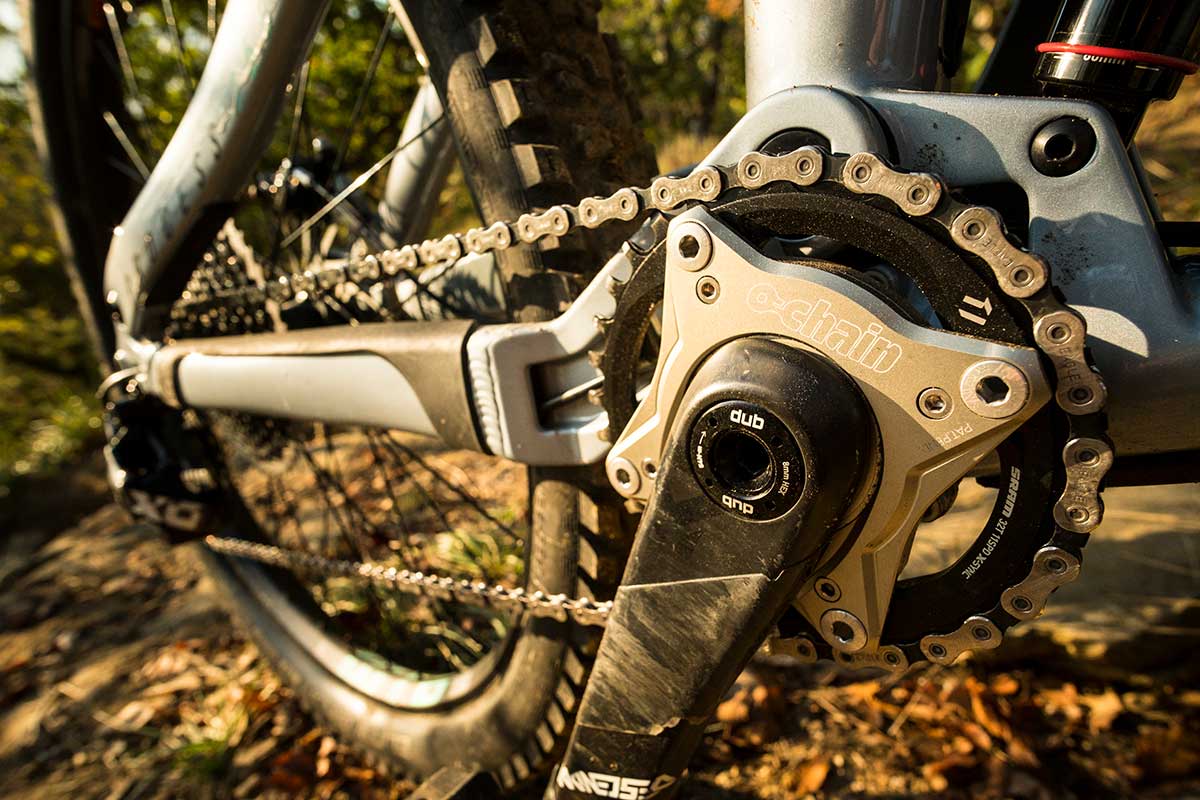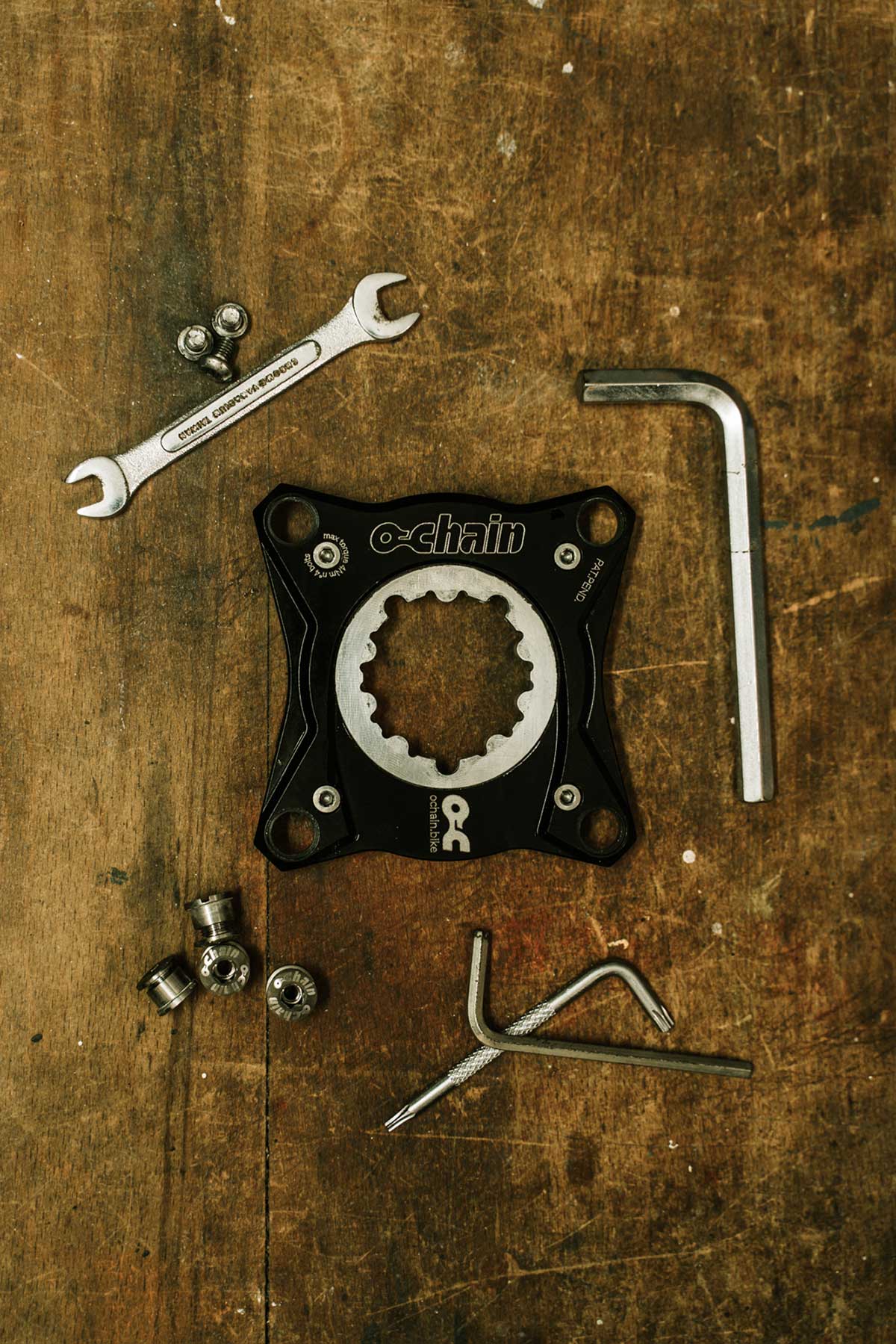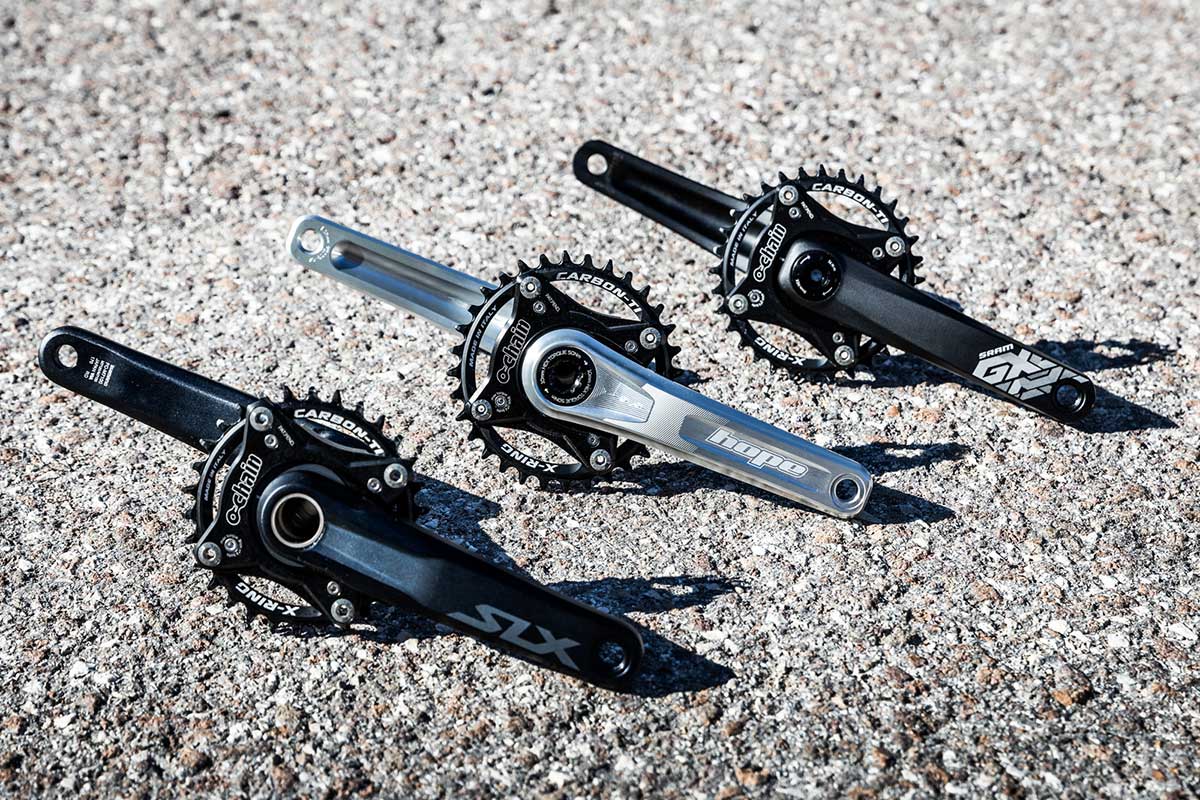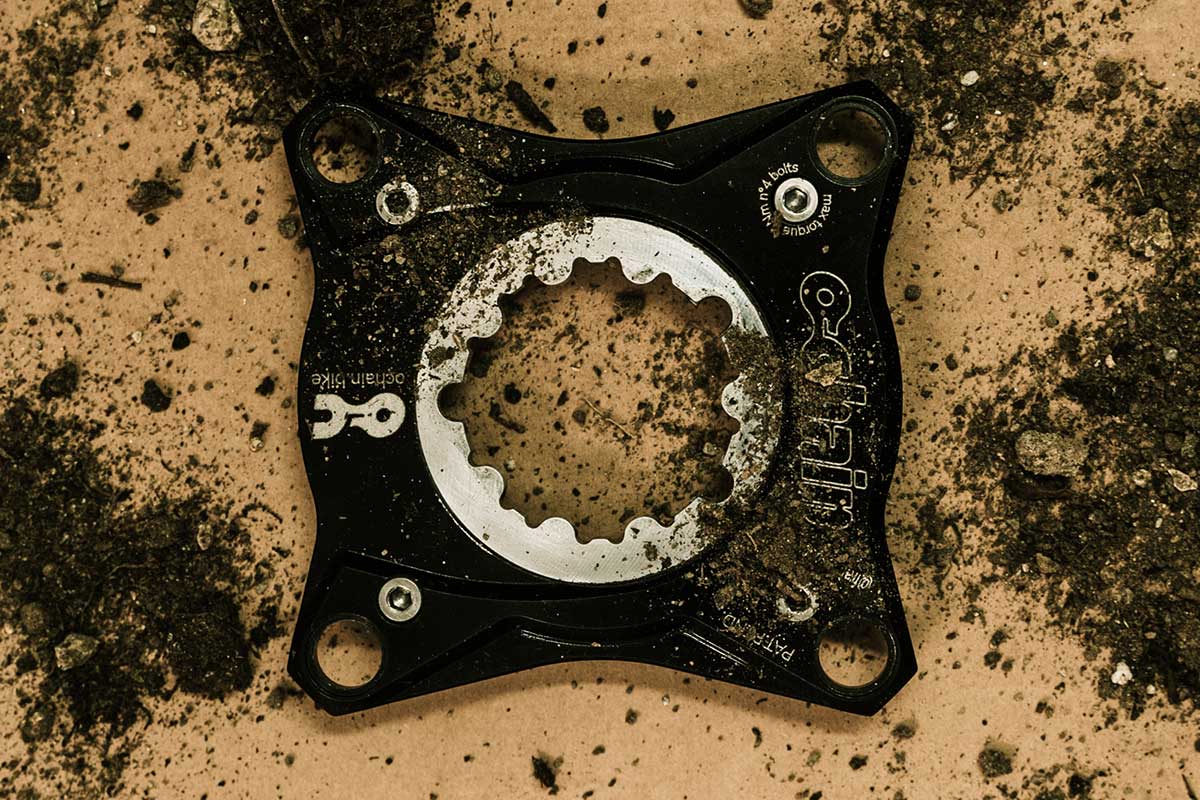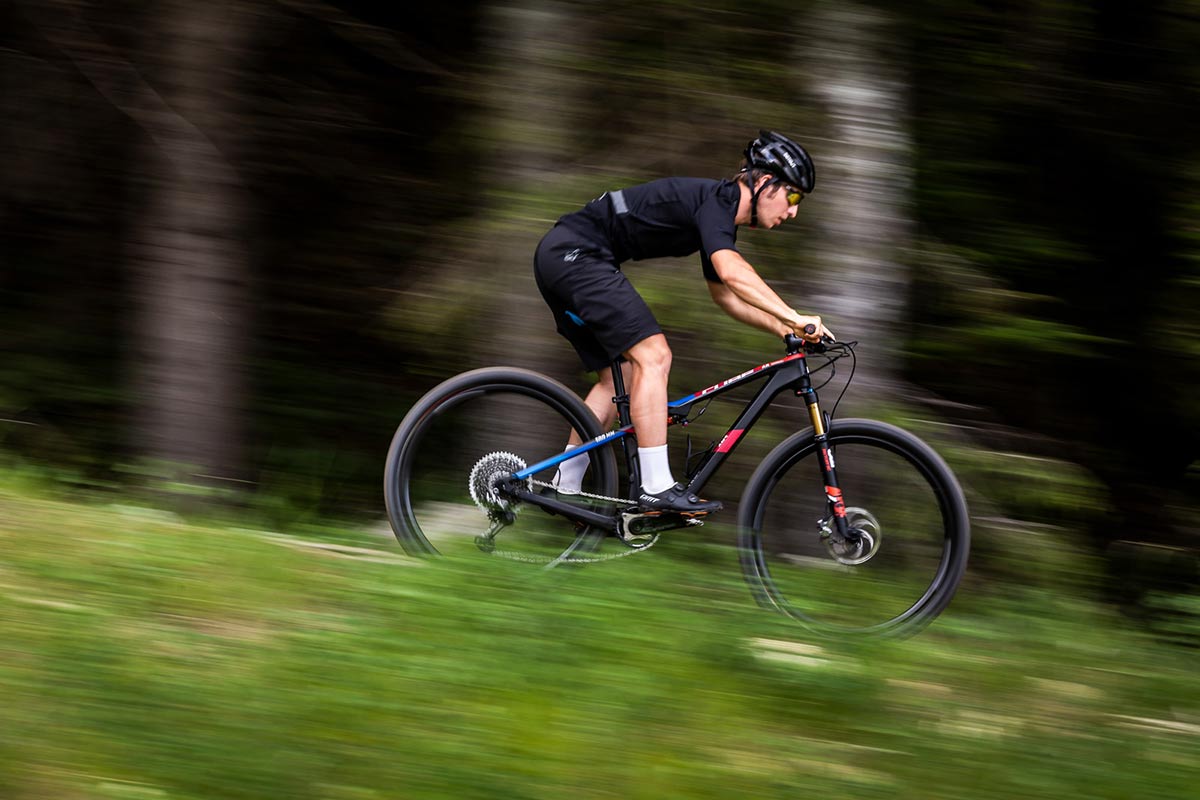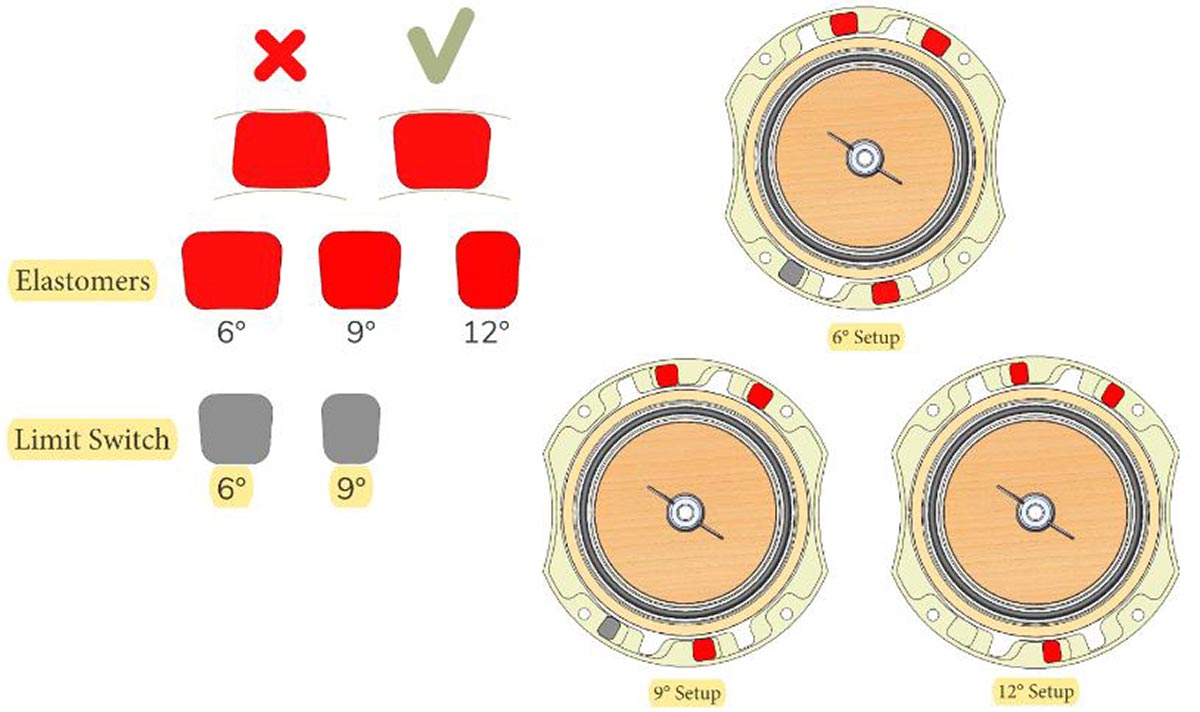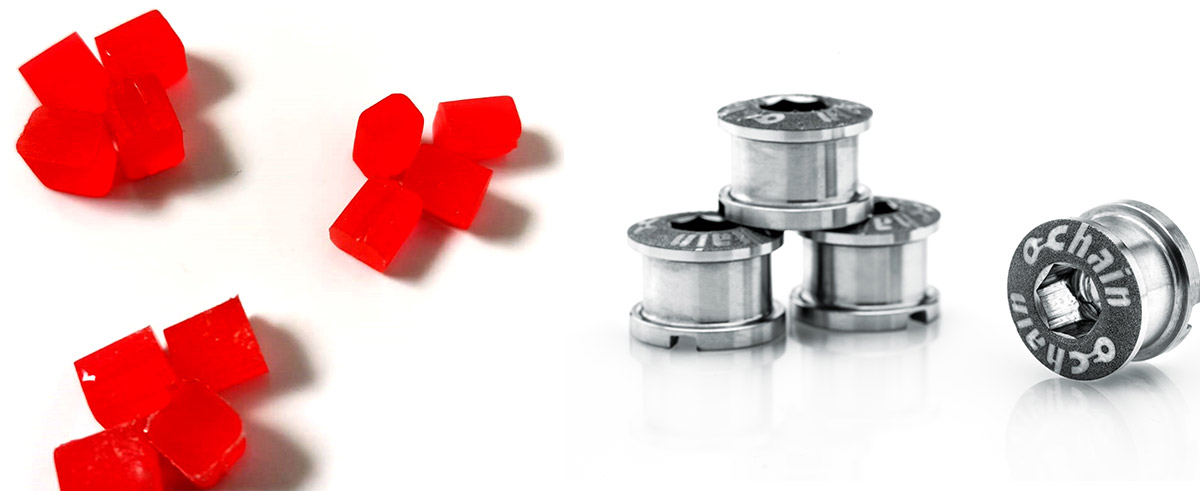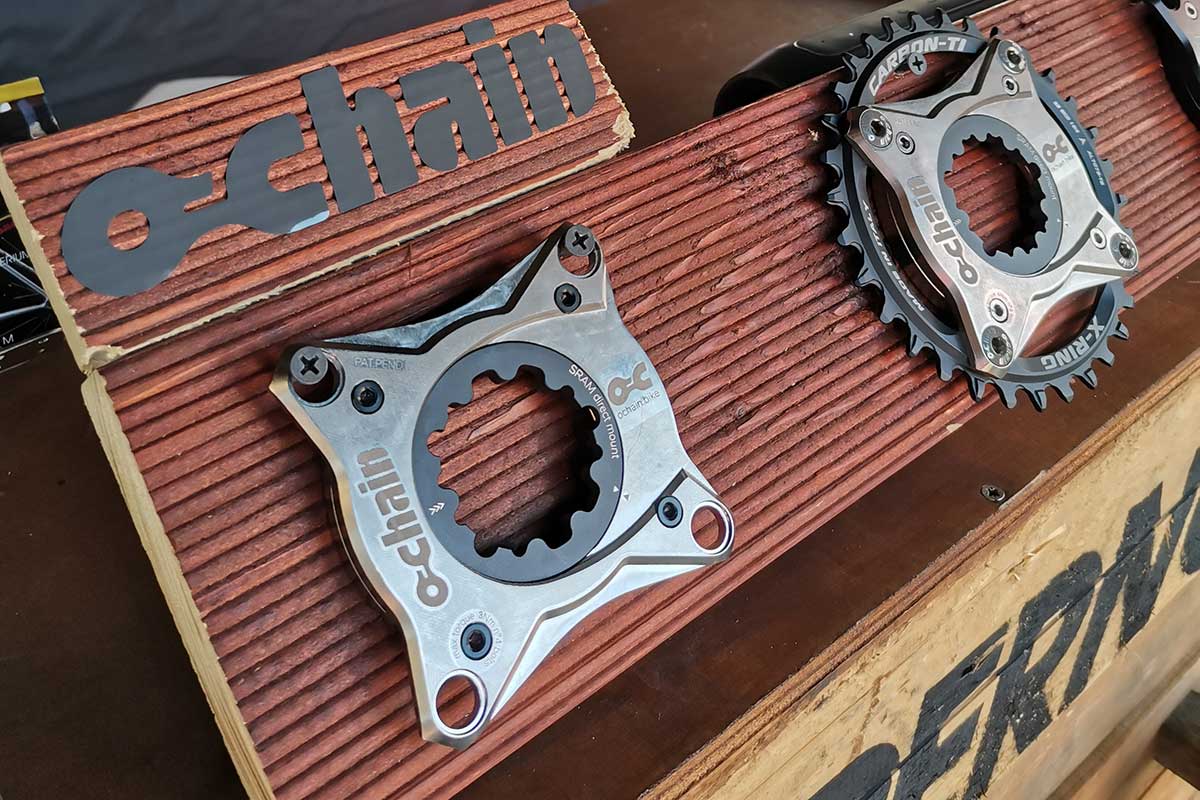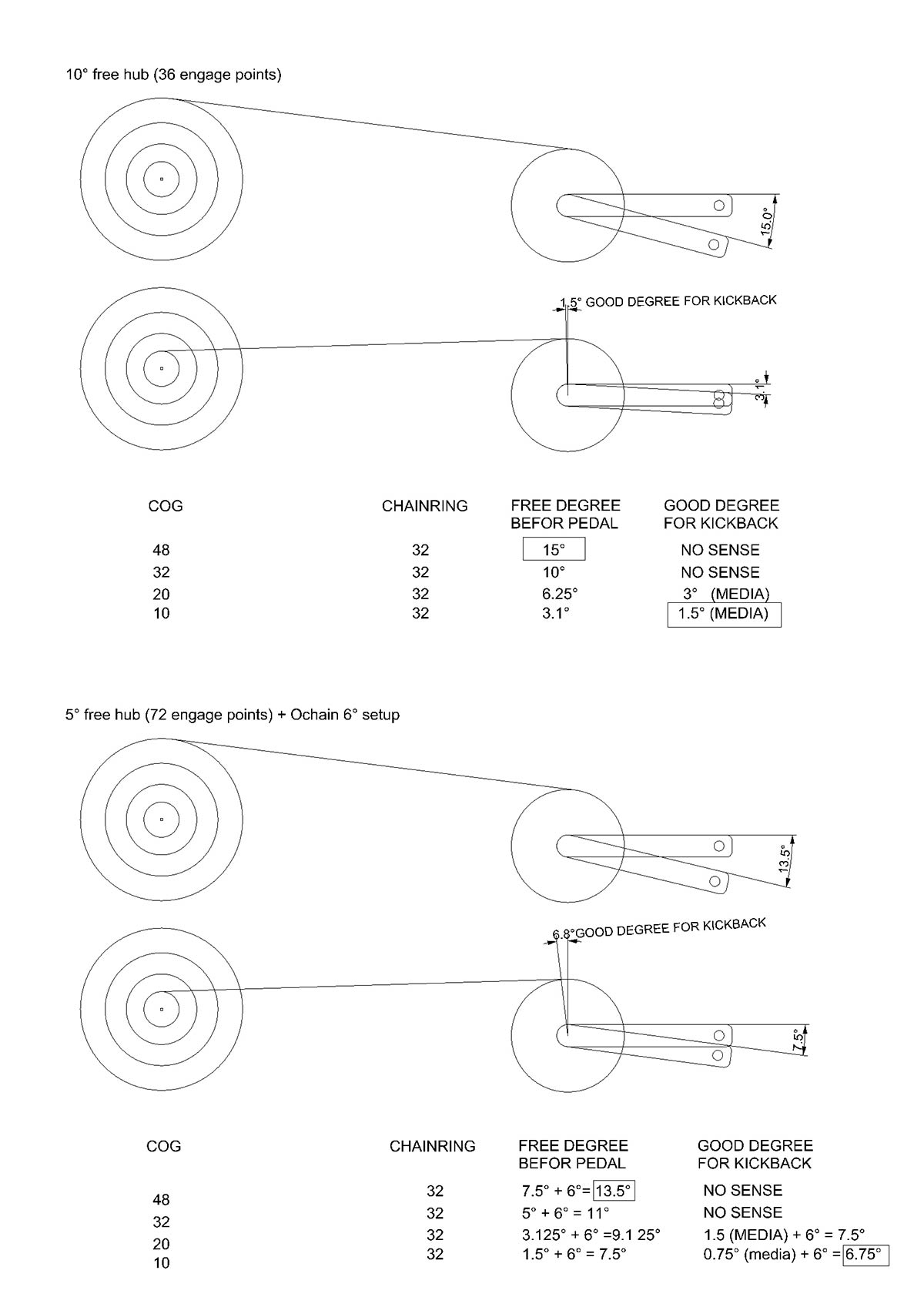Ochain are on a mission to deliver a chainless ride feel to all full suspension mountain bike riders… with the chain on. Why? Because, the chain growth that occurs under compression and rebound causes pedal kickback. This is an undesirable feature of a vast majority of full suspension mountain bikes.
So, how does their Ochain Active Spider solve this problem? Read on, shredders…
What is the Ochain Active Spider?
Ochain isolates chain pull forces from the crank set by allowing rearward rotation of the chainring without the same rearward rotation of the crank set. It therefore removes pedal kickback from the system, so riders can keep their pedals level, no matter how rough the terrain gets.
If you haven’t the foggiest (idea) what pedal kickback is, fear not. Tyler explains it in depth here.
Ochain replaces the standard spider component of a crank set. It can be set up to remove 6°, 9° or 12° of pedal kickback, depending on the rider’s preference. Here are the specs:
- Weight: 128g
- Material: 7075 T6 aluminum
- Dimensions: 93mm x 93mm x 13mm
- Chainline: 52mm (Boost only)
- Chain ring type: Standard 104mm bcd
#MTBGAMECHANGER is what the guys at Ochain call it, reckoning it will deliver the feeling of chainless riding, but with your chain on.
How does the Ochain Active Spider work?
This video shows it in action, we’ve pegged it at the spot where you can see the crank and spider moving independently, which is about all you need to see.
When a full suspension bike compresses the rear end, many designs will cause chain growth. Why? As the main pivot isn’t exactly concentric to the BB, compression of the rear end results in the distance between the chain ring and rear axle increasing.
Since the chain can’t stretch between the top of the cog and chainring, it tries to pull backwards on the chainring. This is its only option since the wheel can’t rotate backward as you’re coasting forward.
So, the chainring rotates backwards to feed more chain to the cassette. Without Ochain, the crankset would rotate with the chainring.
With Ochain, the chainring is able to rotate rearwards without affecting the crankset, and the rider can maintain a level, feedback-free pedal position.
Up to a point, anyway. And that point depends on how you set the Ochain up – to allow 6°, 9° or 12° of isolated chainring rotation. Instead of 6°, 9° or 12° of pedal kickback.
Inside Ochain are three springs that rotate it into a position that is 6°, 9° or 12° removed from the hub’s virtual engagement point – working on the basis that freehub engagement is instant, for the sake of argument.
Thus, when you start pedaling, you will rotate the crank set 6°, 9° or 12° before it “picks up” the chain ring and applies torque to the chain. It is these springs that hold the Ochain in position that ensure you always have 6°, 9° or 12° of “free” rotation before you engage the drivetrain and are subject to its forces.
Ochain say the spring force is able to hold the Ochain in position but they don’t interfere with the pedaling process – you shouldn’t feel extra resistance when pedaling forward.
Inside, elastomers make it possible to have a smooth feeling when starting to engage Ochain (when you start to pedal). Without the elastomers you would have a “steel on steel” feeling.
Tailor the pedal feedback with Ochain
Ochain is shipped in the 6° configuration, but it comes with two alternative setup kits. Those setup kits are different length elastomers that sit within the Ochain mechanism.
The length of the elastomers used dictates the degrees of “free rotation” of the chainring before it exerts force on the crank set through the chain.
This isn’t their first version
They actually launched v.1 in March, but that one is no longer in production. This new version is aesthetically identical. However, on the inside, they’ve added a “low friction” treatment to the moving parts, among other updates. The elastomer kit has also been updated to be more durable.
What are the downsides to Ochain?
As ever, there are potential compromises to be made. It’s hard to tell without actually trying the system, but it seems that there is the potential to lose some of the rapid engagement from your freehub.
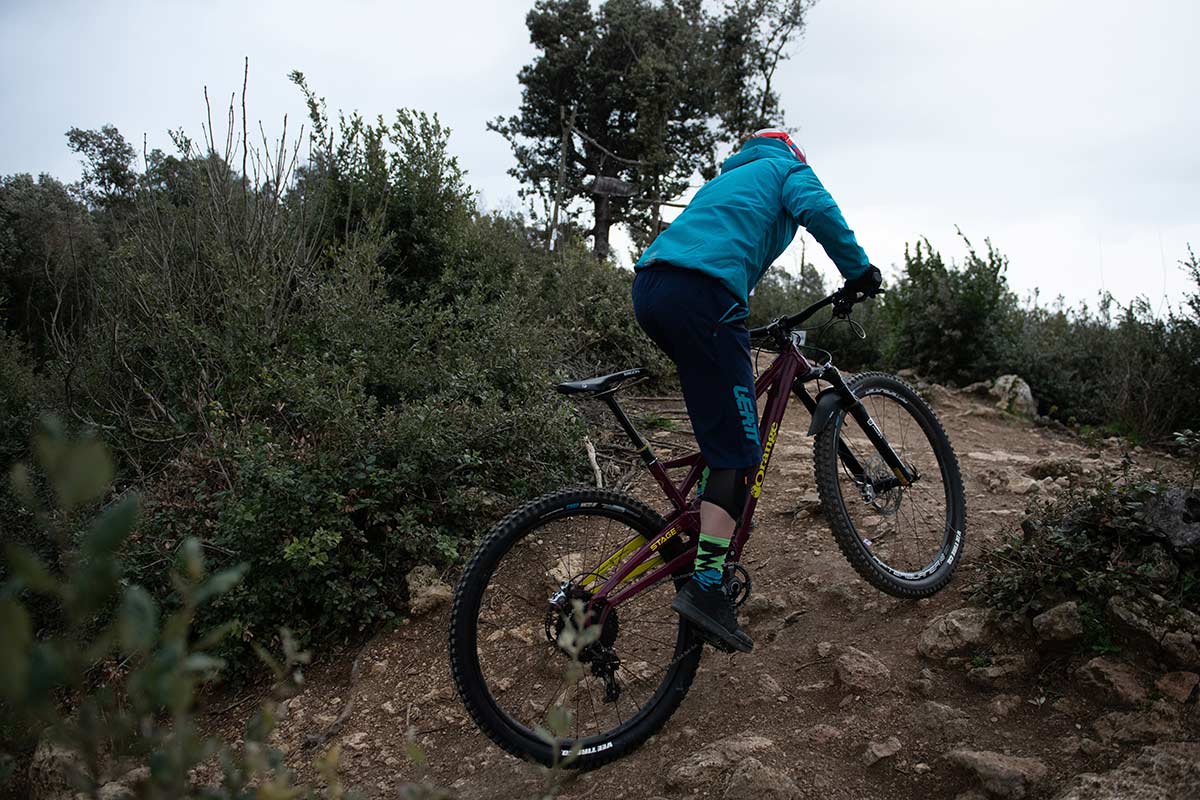
It seems that in certain situations, you have the potential of increasing the degrees of engagement of your rear hub. If this is the case, how much it actually would affect you in situations like technical climbing remains to be seen.
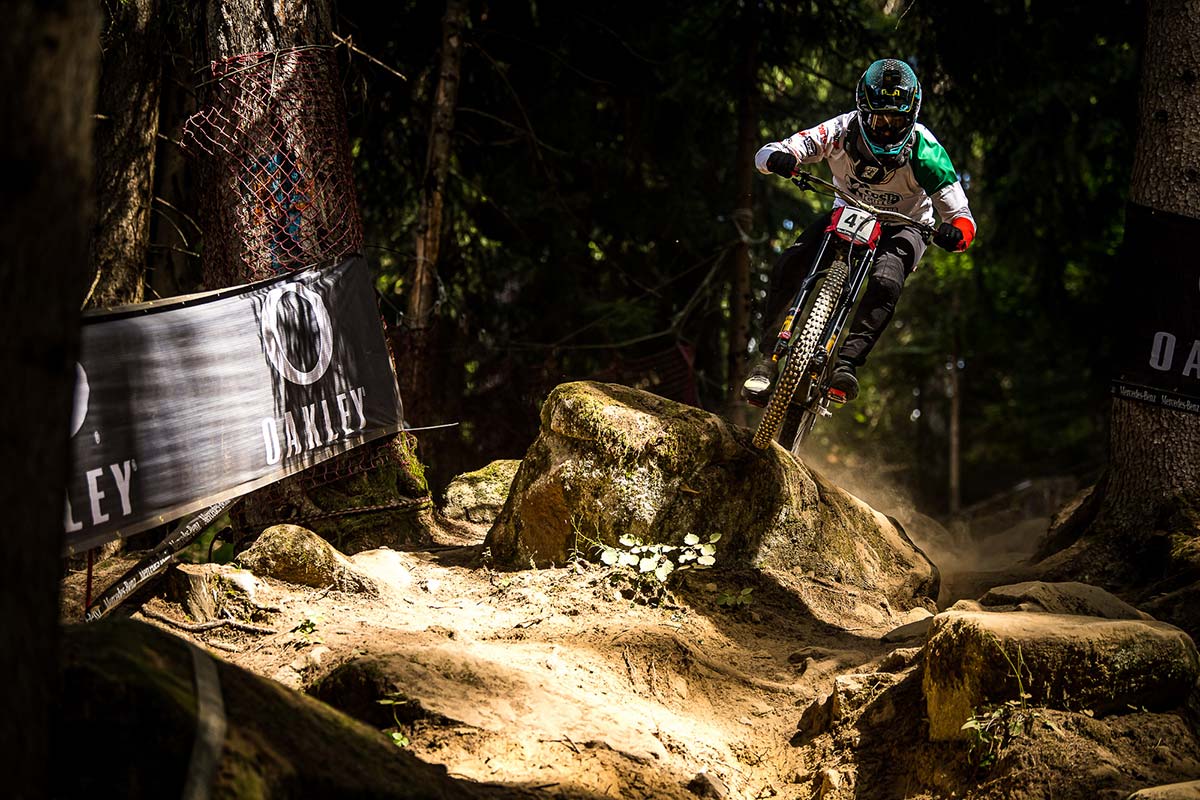
Likely, the Ochain will offer more or less benefit depending on what type of riding you’re doing. Reece Wilson of Trek Factory Racing runs the Ochain at the maximum 12°. As a downhill racer, he’s not doing a great deal of pedaling so the disadvantages of Ochain won’t even factor in for him.
Ochain sent us this graphic to better explain how the component influences the “dead space” before hub engagement. The first simulation is a standard transmission with 36 POE freewheel. The second one is a transmission with a 72 POE freewheel and Ochain set to 6°.
With each transmission setup, Ochain look at two riding situations; a steep climb and a descent. The graphic depicts what you’ll actually observe at the cranks.
I’m really keen to get the Ochain in for a test to find out how it can improve the ride feel of my Cannondale Jekyll enduro bike. The proof will lie in timed runs, no doubt. Chain, versus chain plus Ochain, versus chainless. I’m getting excited.
Pricing & Availability
The Ochain is priced at €299 and is available in black or white. The black Ochain is priced at €299 and is compatible with Shimano, SRAM, Hope, Race Face and E13 crank sets. It’s a little pricier in white at €349 – these ones are compatible with Ingrid, E13 Race Face and SRAM crank sets.
